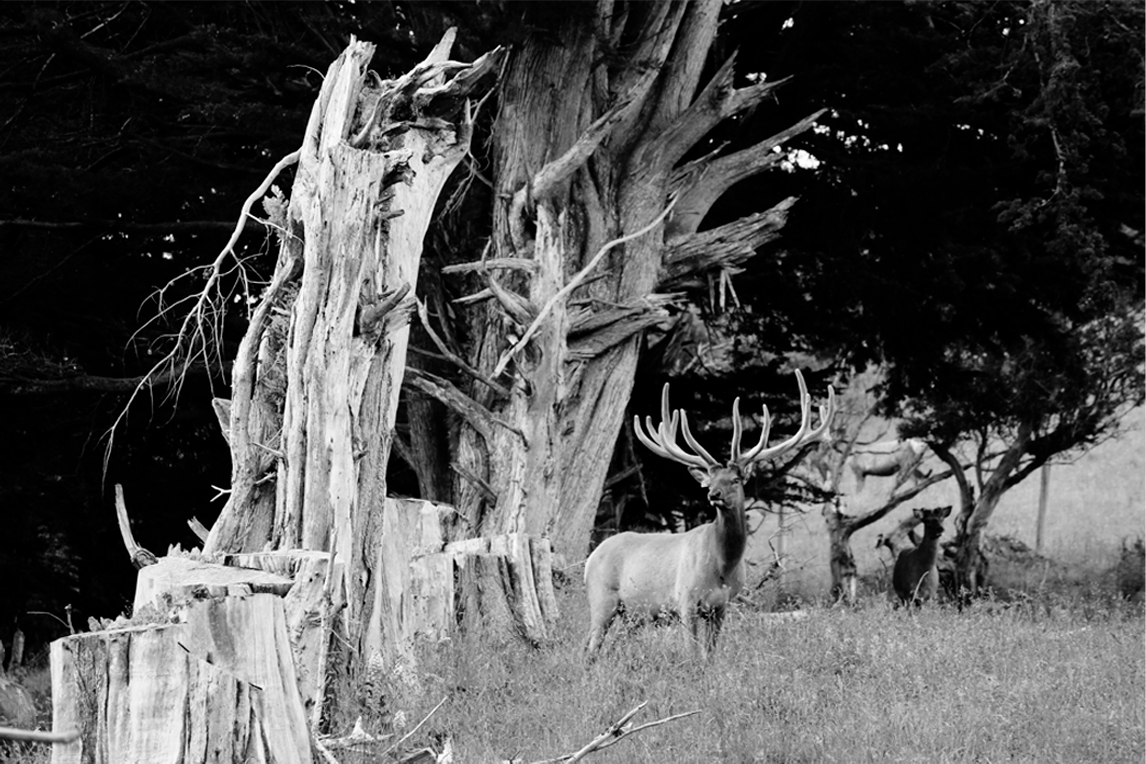Sep 27, 2024
Biogenic greenhouse gas (GHG) emissions are relatively hard to change in NZ’s farming circles because methane output, the major contributor, is a byproduct of digesting feed, and so are directly related to how much food the animals eat. Changes in production systems, however, can help by changing the ratios of feed used for maintaining the breeding populations compared with feed used for productive outputs. In the deer industry, these include venison and velvet antler farming systems.

Photo: Mark Tapley
Productive efficiency is also influenced by the health of our animals. Animals which live a long productive life, and those that are free of disease, are more efficient, producing less GHG over their lifetime as a result. Changing the timing of supply of animals for venison can also reduce GHG, by reducing the overall amount of feed eaten. Products like velvet antler, however, are produced every year from stags kept for that purpose. This means that the actual product yield is quite low compared to the feed required to produce it. For velvet antler, for example, the stag eats feed all year to produce 4 to 6 kg of product, while a hind and her calf produce 55 kg of carcass weight over the same time. The bonus is that velvet antler is of much higher value than venison per kilogram.
The farmer, then, faces the dilemma of choosing which production system they might use as they balance financial and environmental outcomes to meet the needs of their family and of future generations. This is further complicated by dynamics in farm returns and on-farm costs.
AgResearch scientists David Stevens and Jamie Ward, with the support of Deer Industry New Zealand, investigated the potential trade-offs that deer farmers face when making these decisions, and which options might help them maintain financial viability while improving GHG outcomes. This was done using whole-farm simulation modelling, on two exemplar farms in Otago and Hawkes Bay – two important deer farming regions.
“The modelling that we’ve done tells us there are opportunities to reduce greenhouse gas emissions from New Zealand’s livestock farming systems, in this case deer farming systems, but it is relatively difficult to achieve those changes, and there are trade-offs,” says AgResearch senior scientist David Stevens.
“Fundamentally, livestock methane emissions are tied to how much the animal eats and that is a real challenge to overcome. The effect on emissions, and on farm productivity, will vary significantly across different scenarios or approaches, including feed type and regional climatic differences.”
Key messages to emerge were:
Venison and velvet antler-based production systems have similar GHG outputs to other red meat enterprises, such as hill country sheep and beef, at between 20 and 30 kg CO2 (carbon dioxide) equivalents per kilogram of product.
Different strategies had different results depending on the region. This was mostly due to the type of feed and when it was available, driven by regional climatic differences. For example, a strategy of increasing the growth rate of young deer to sell in autumn at 9-months of age instead of spring at 12-months of age increased productivity by 21% and 2% in Otago and Hawkes Bay respectively, while GHG emissions increased by 1% in Otago and decreased by nearly 7% in Hawke’s Bay.
Improving the longevity of hinds only resulted in changes of less than 1% in either environment. Improving the growth rate of young stock through options such as more targeted animal health plans decreased GHG emissions by 1-2% in both regions.
Changing to a mixed system producing both venison and velvet antler increased GHG emissions by 4.6% in Otago and decreased GHG emissions by 5.5% in Hawkes Bay.
Jamie Ward, also a scientist at AgResearch, highlighted that “deer farming produces similar greenhouse gas outputs as sheep and beef. Small reductions in absolute greenhouse gas emissions can be achieved when measured per hectare, per kilogram of product and even per dollar of revenue, though these vary with region.”
As such, generating change to on-farm emissions may need different strategies in different parts of the country. Each region will have unique aspects of pasture production that translate into different farm systems which best capture those points of difference in export earnings.

